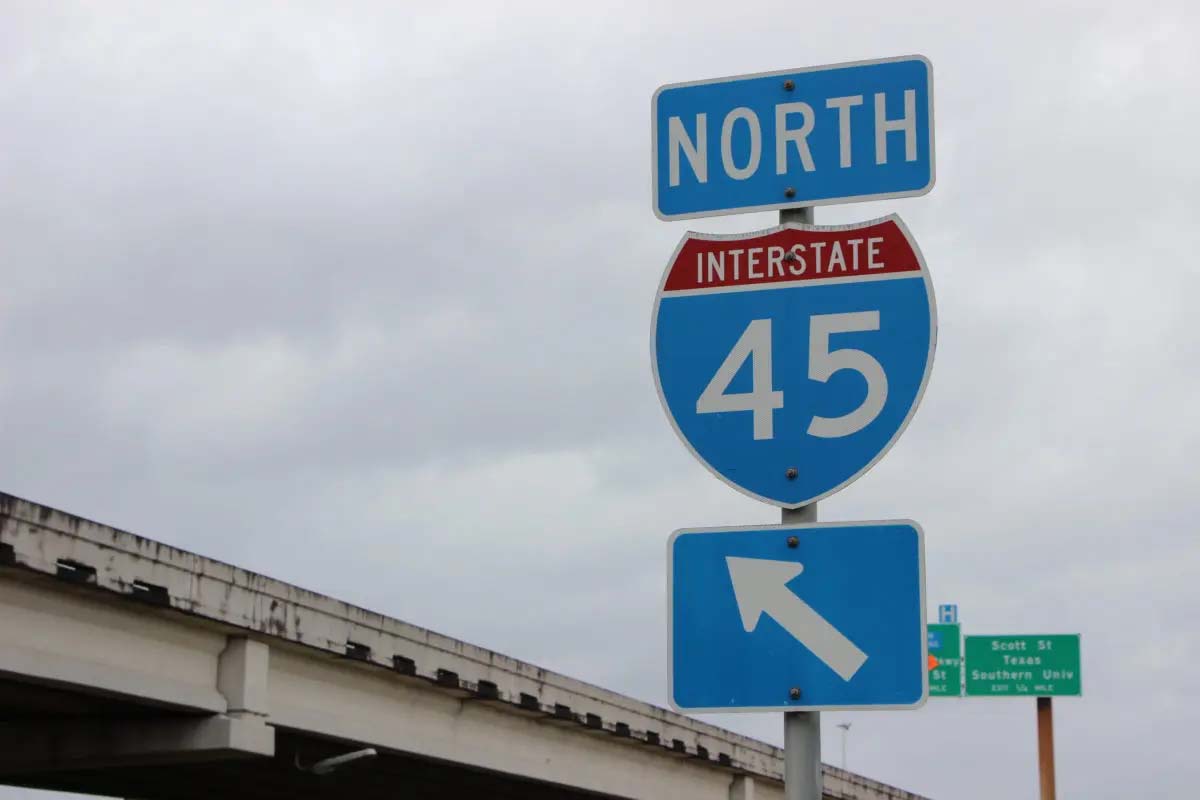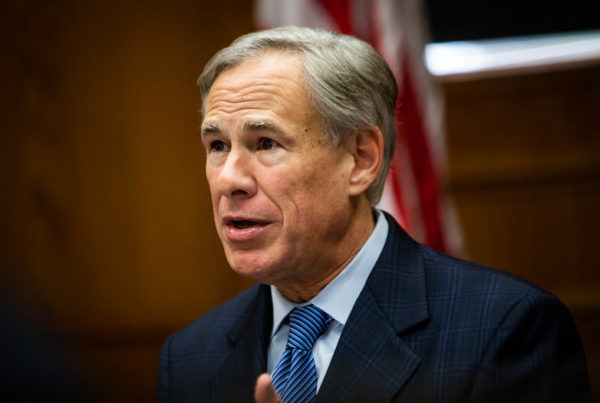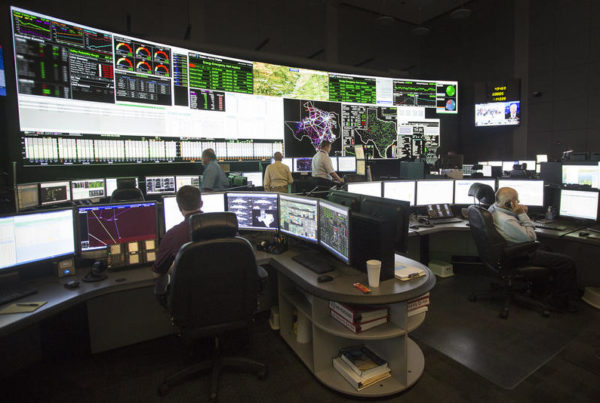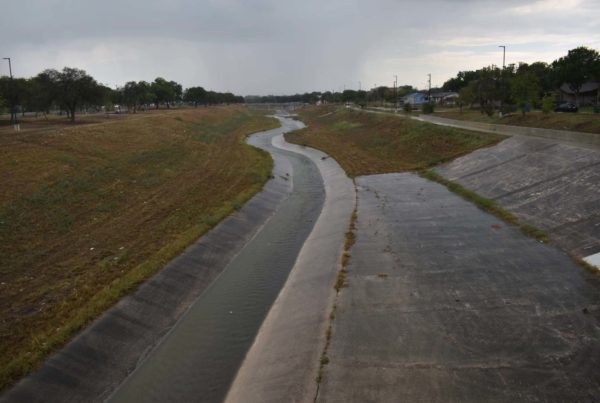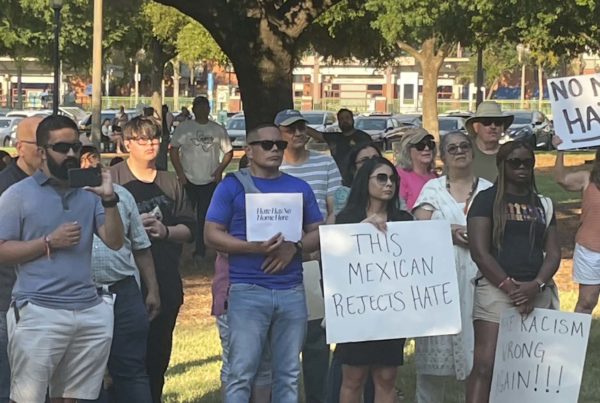The Texas Department of Transportation’s 10-year plan – called the Unified Transportation Program – has been unanimously adopted, Gov. Greg Abbott announced this week, and it has many Texans talking. One reason? Its record $85 billion price tag.
But some Houston residents are taking issues with a few points in the plan. Gail Delaughter, a reporter with Houston Public Media, joined the Texas Standard to share more.
This transcript has been edited lightly for clarity:
Texas Standard: $85 billion is a record number, according to the governor’s office. What can you tell us about how that money’s going to be used?
Gail Delaughter: Well, they want to use that for projects all over the state. Some of that is for urban mobility projects; you also have some smaller farm-to-market roads around the state that are being upgraded to handle a bigger bulk of traffic with more people moving into some of these rural areas that are becoming more suburban. So the bulk of these projects are going to be for basically cars – mobility projects and road projects around the state over a 10-year period.
The way the UTP works, they say it’s kind of like a blueprint for funding going into the next decade. Not all of these projects may come to fruition, but what they’re doing is basically gauging what they would be able to do with the money that they’ve got, and also money that they were anticipating to come in over that period from other sources.
In Houston, what has been the issue that people have been talking a lot about?
Well, the big thing that they’ve wanted to have removed from the Unified Transportation Plan, this I-45 widening project: This is an extensive project that would go from downtown Houston all the way north to Beltway 8. In its path by TxDOT’s own estimates, it would take out hundreds of homes and businesses. All these people would individually have to be relocated somewhere else.
It would also have impacts on historic neighborhoods. These are neighborhoods that were affected in years past by the I-59 widening, also neighborhoods affected by the I-10 project. A lot of them are neighborhoods of color that have been impacted by freeway projects historically over the decades in Houston.
This started out as a rather small protest over I-45, but now it’s come to be kind of a symbol, not just in Houston, but in a sense sort of statewide for issues related to road expansion – and in general, the growth that we’ve been seeing in Texas.
Yeah. That was kind of the crux of the public testimony at the Texas Transportation Commission meeting. You had a group from Houston Stop TxDOT I-45 that started out with just a few people going to meetings in an advocacy role, and then they turned into a much larger group. Now they’ve teamed up with other groups around the state. There’s a group concerned about I-35 in Austin and also people concerned about I-10 in El Paso. So you’ve got similar issues going on in other cities around the state, and that was kind of the focus of a lot of the public comment before the Texas Transportation Commission, before they took the vote on the Unified Transportation Plan.
» MORE: As billions pour into Texas highways, activists want to know the real environmental impact
So is it now green light for expansion of I-45 and continued road expansion, or are there other ideas coming out of the woodwork that might see the light of day under this plan?
Well, the interesting thing about I-45 is it’s on pause right now while the federal government investigates possible civil rights violations in connection with the project. Congresswoman Sheila Jackson Lee has gotten involved in it. She wants U.S. Secretary of Transportation Pete Buttigieg to come personally to Houston to talk to people in some of the neighborhoods affected by the project.
But basically what you hear locally is I-45 needs some sort of improvement. It has a high crash rate. But what they want is something that would basically keep the freeway in the same footprint, that wouldn’t take out all these neighborhoods in the path of a possible widening project. Now, what the state would like to do is reach some agreement where they can move ahead with certain aspects of the 45 project. But basically, we’re in a holding pattern right now to see what the feds want to do and other things that are going on on the local level.


